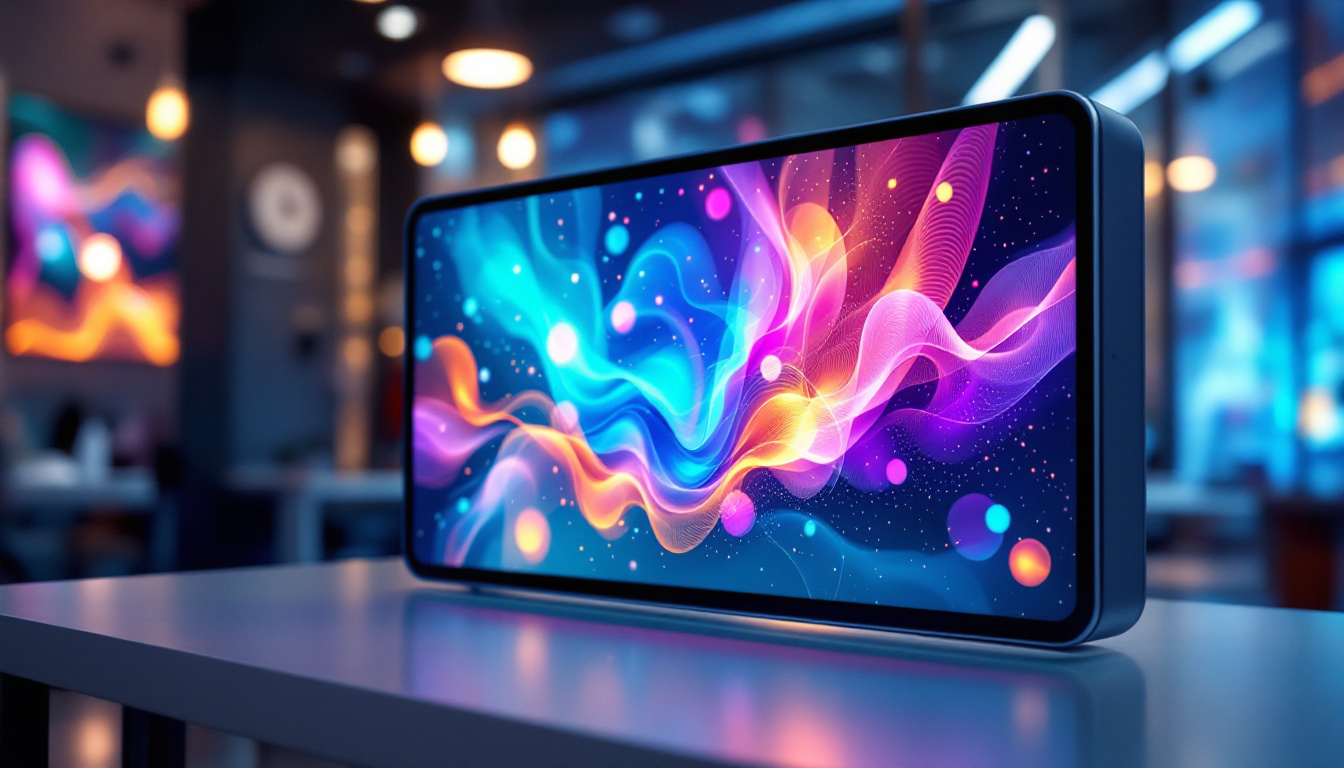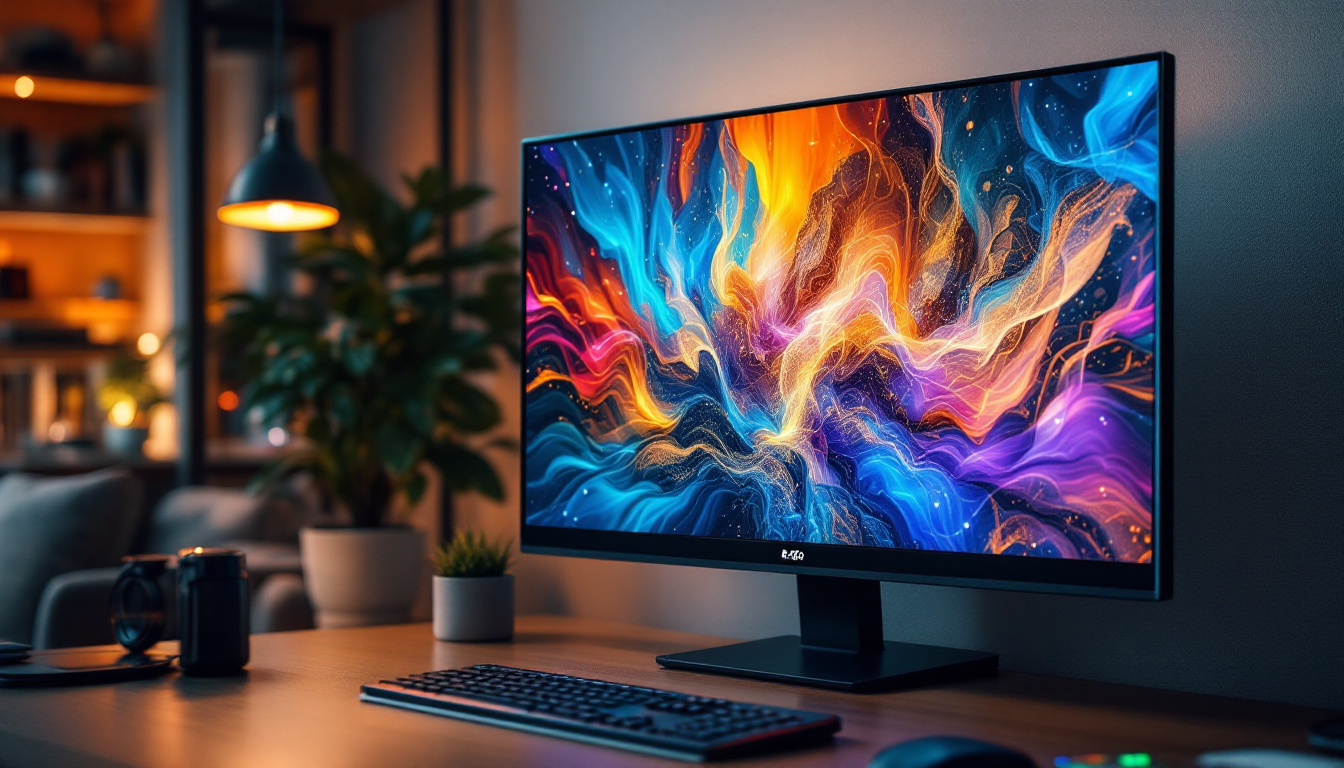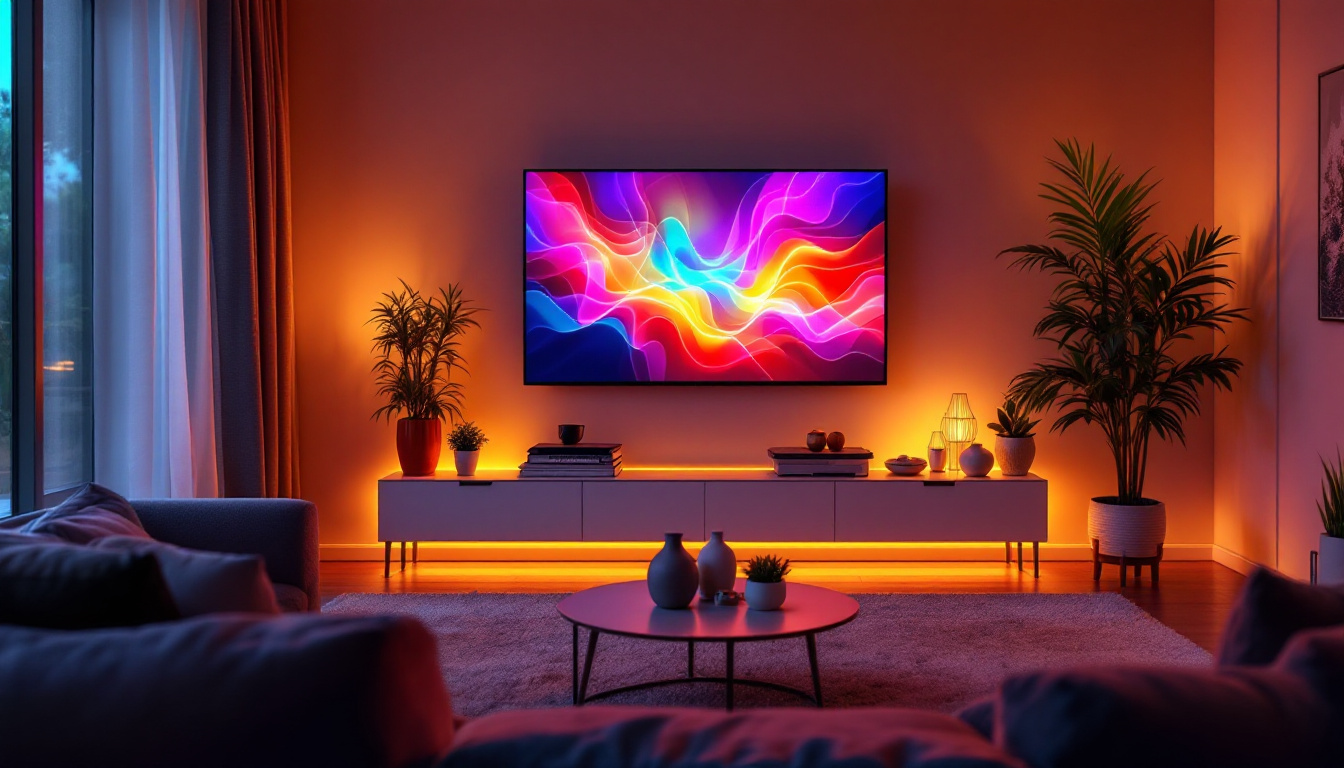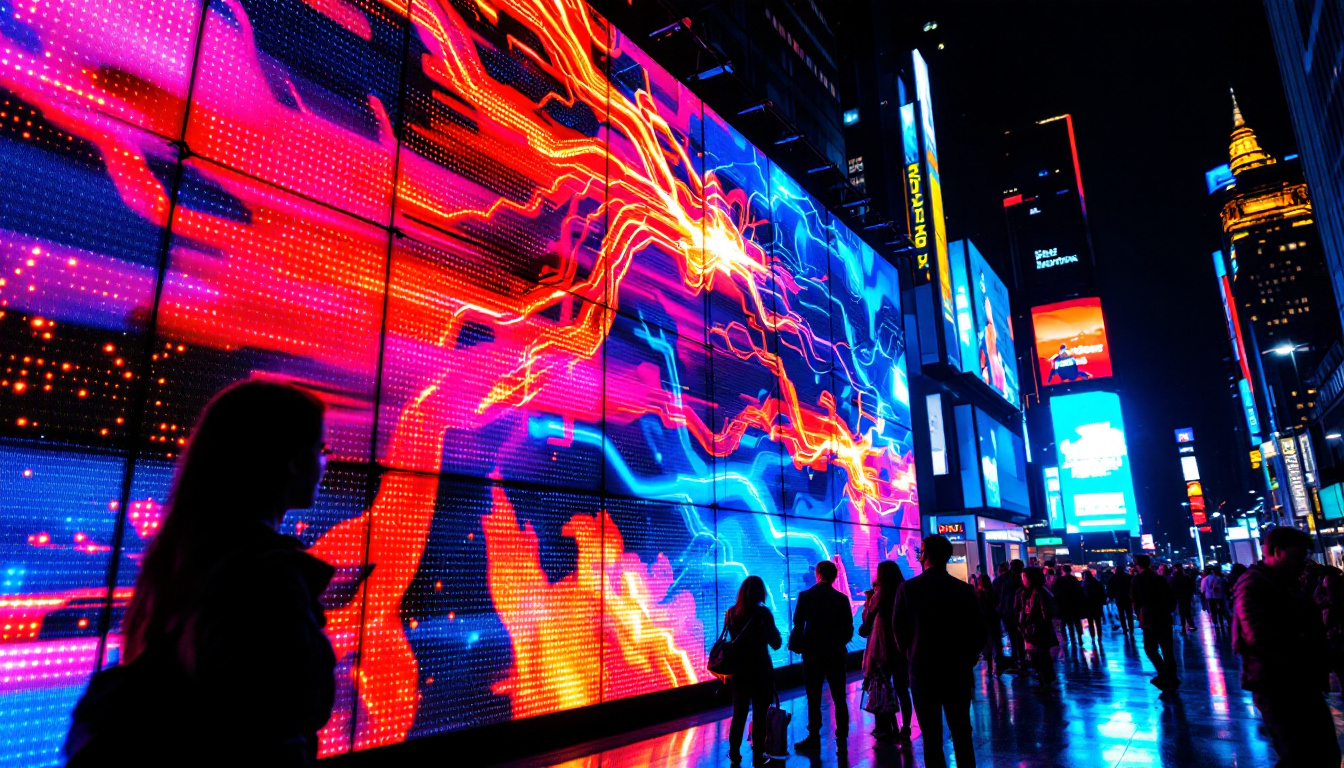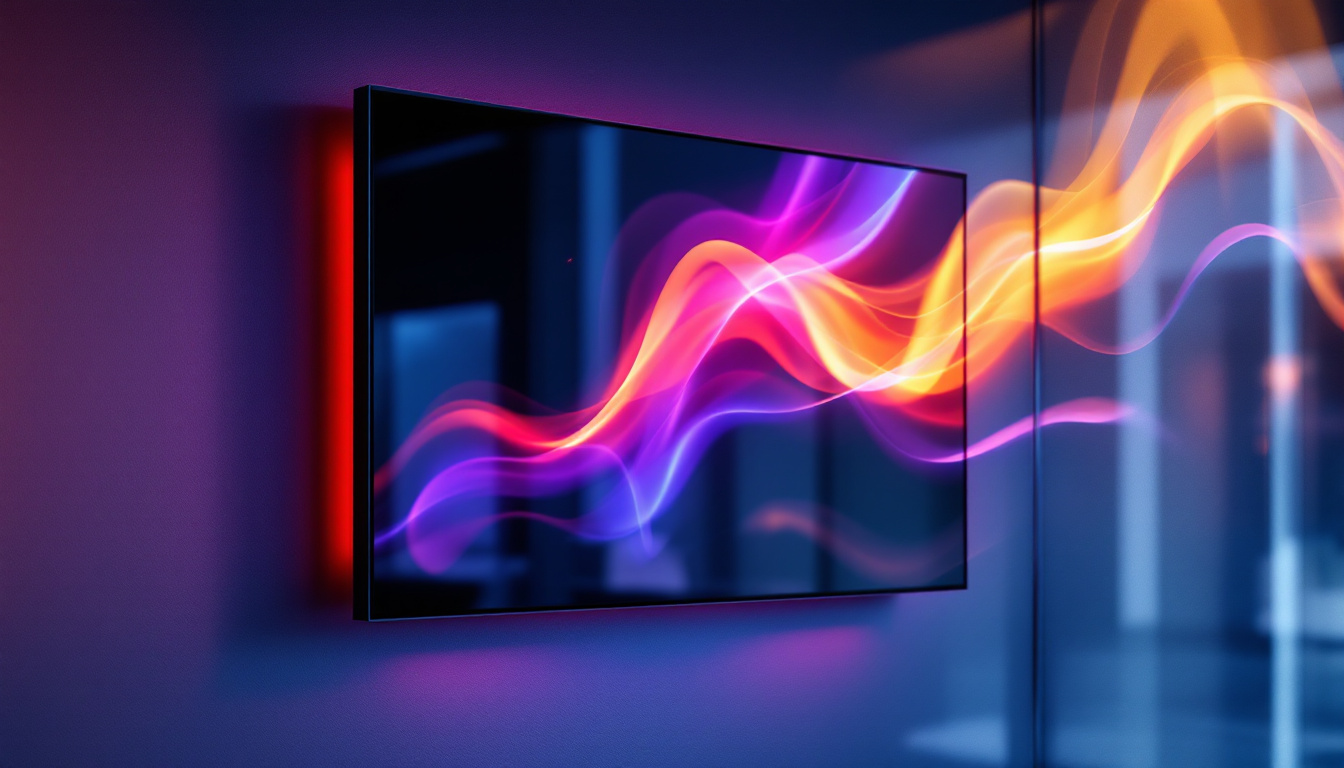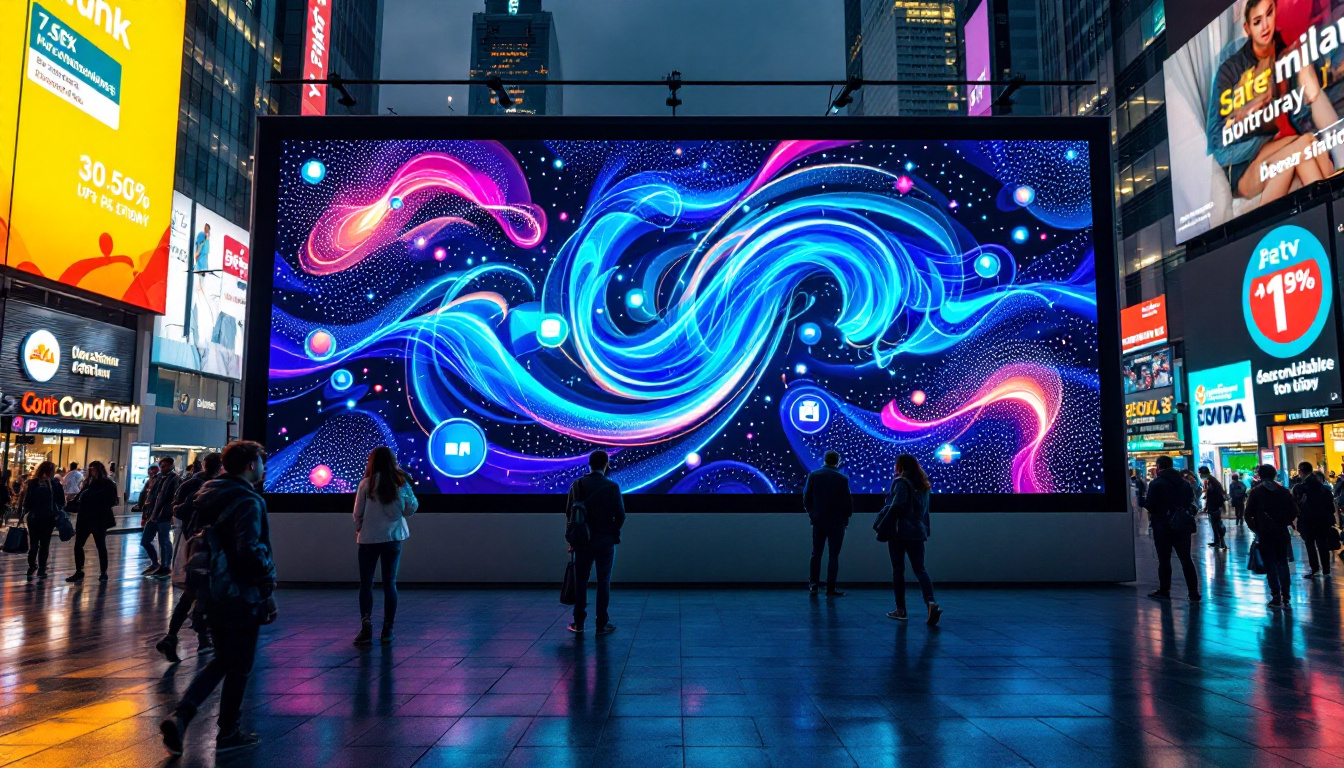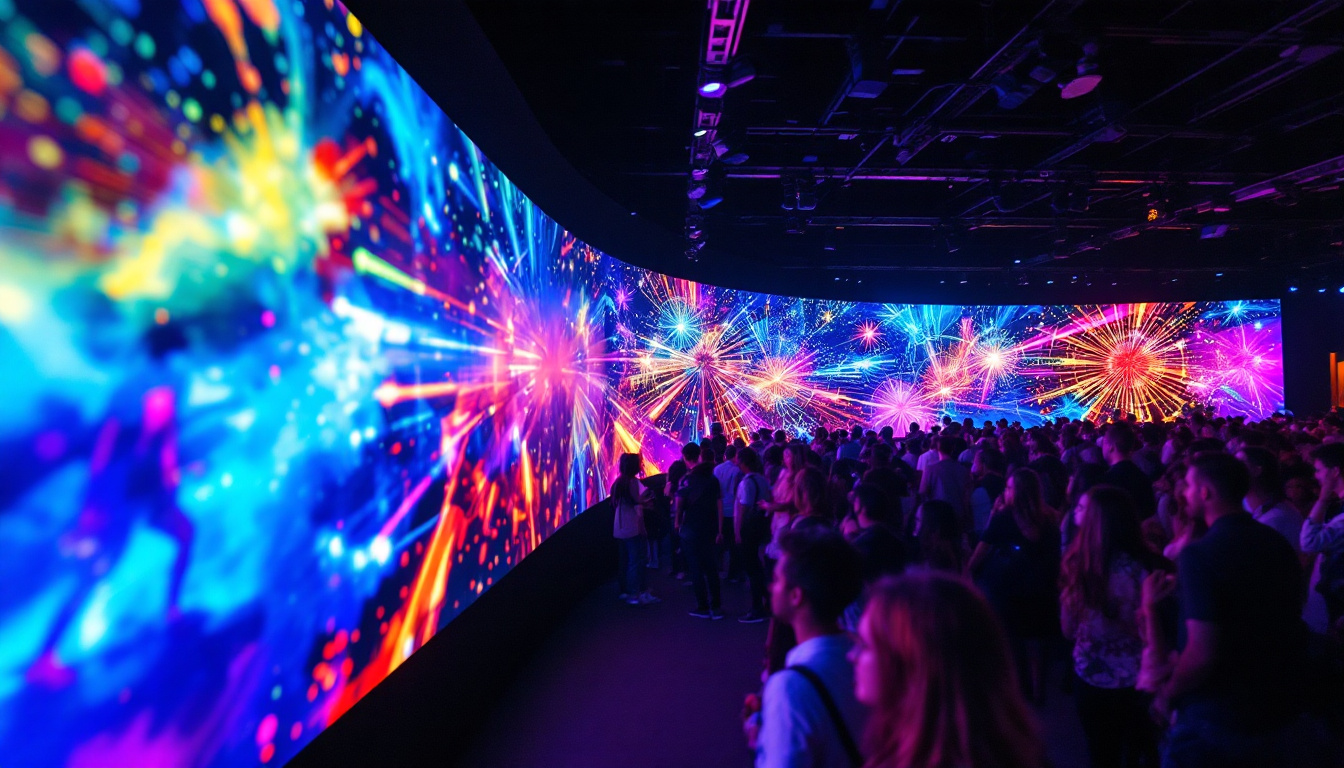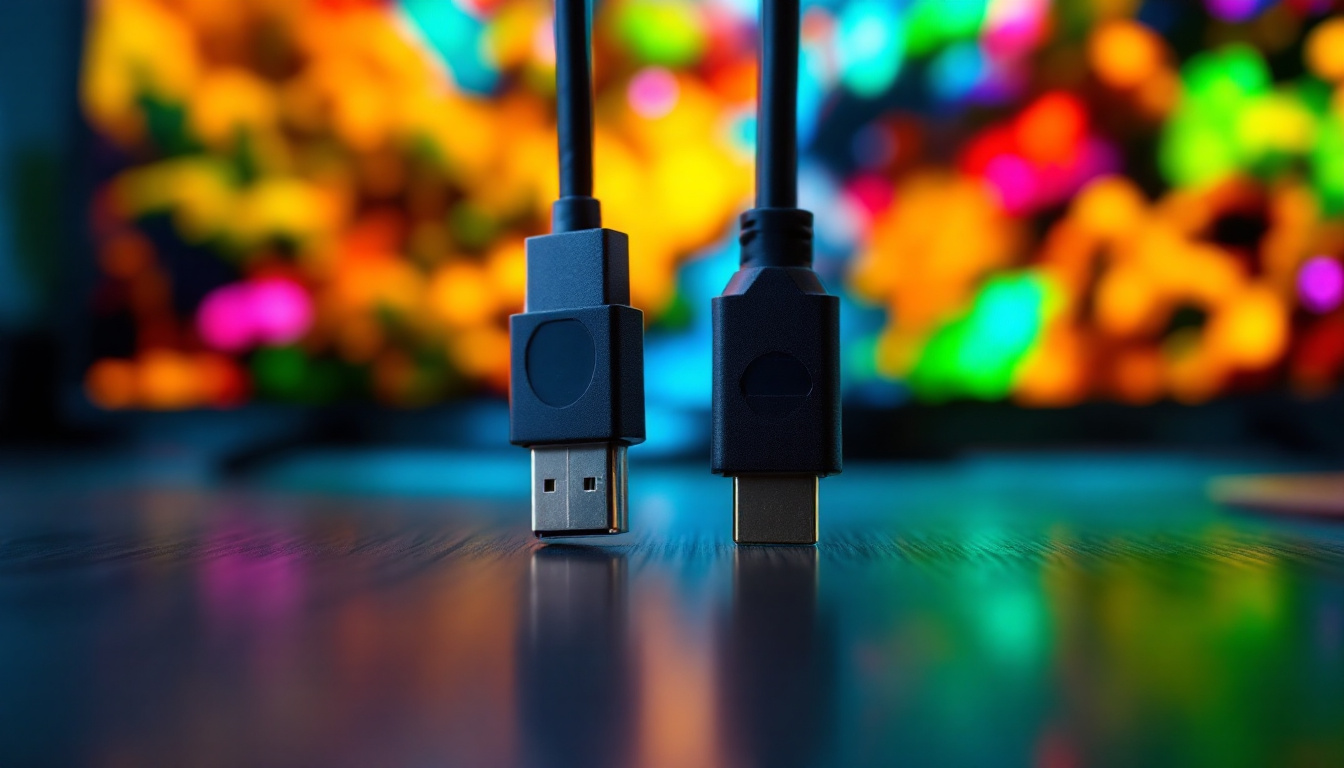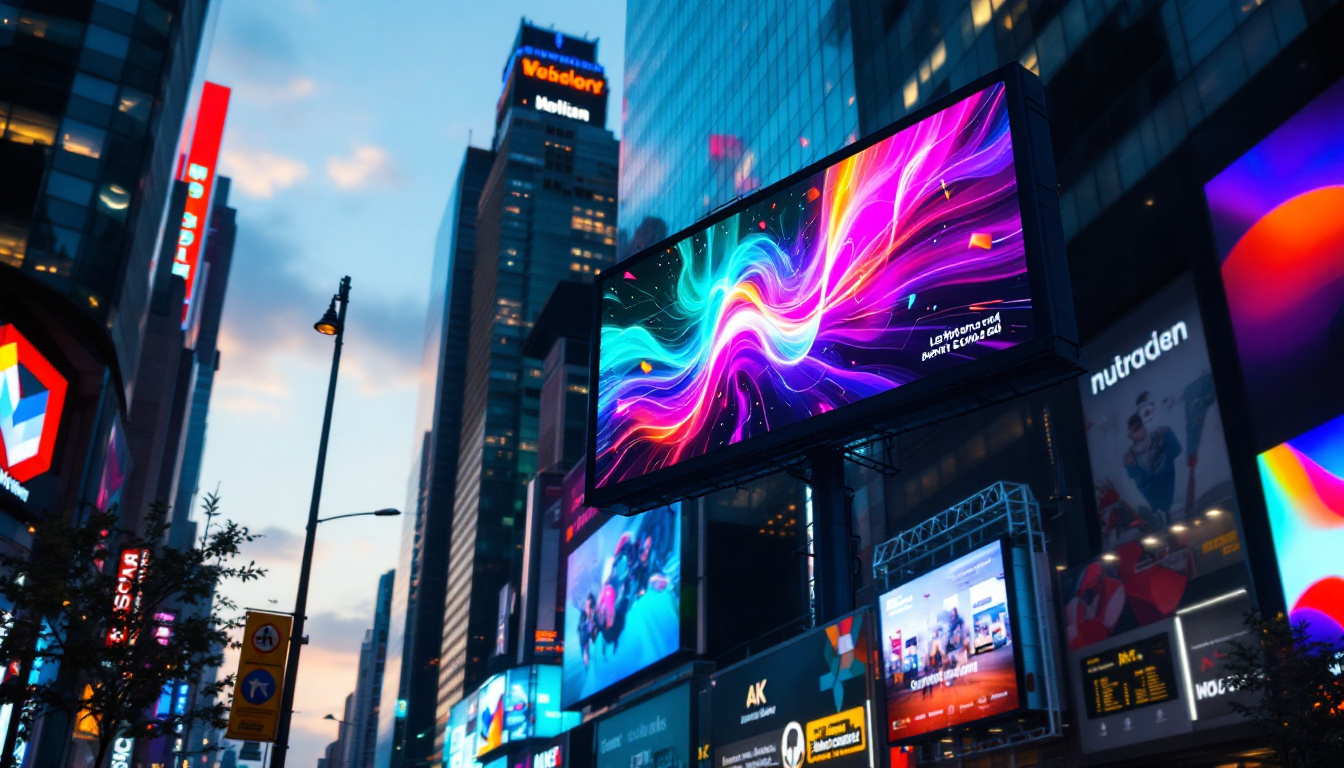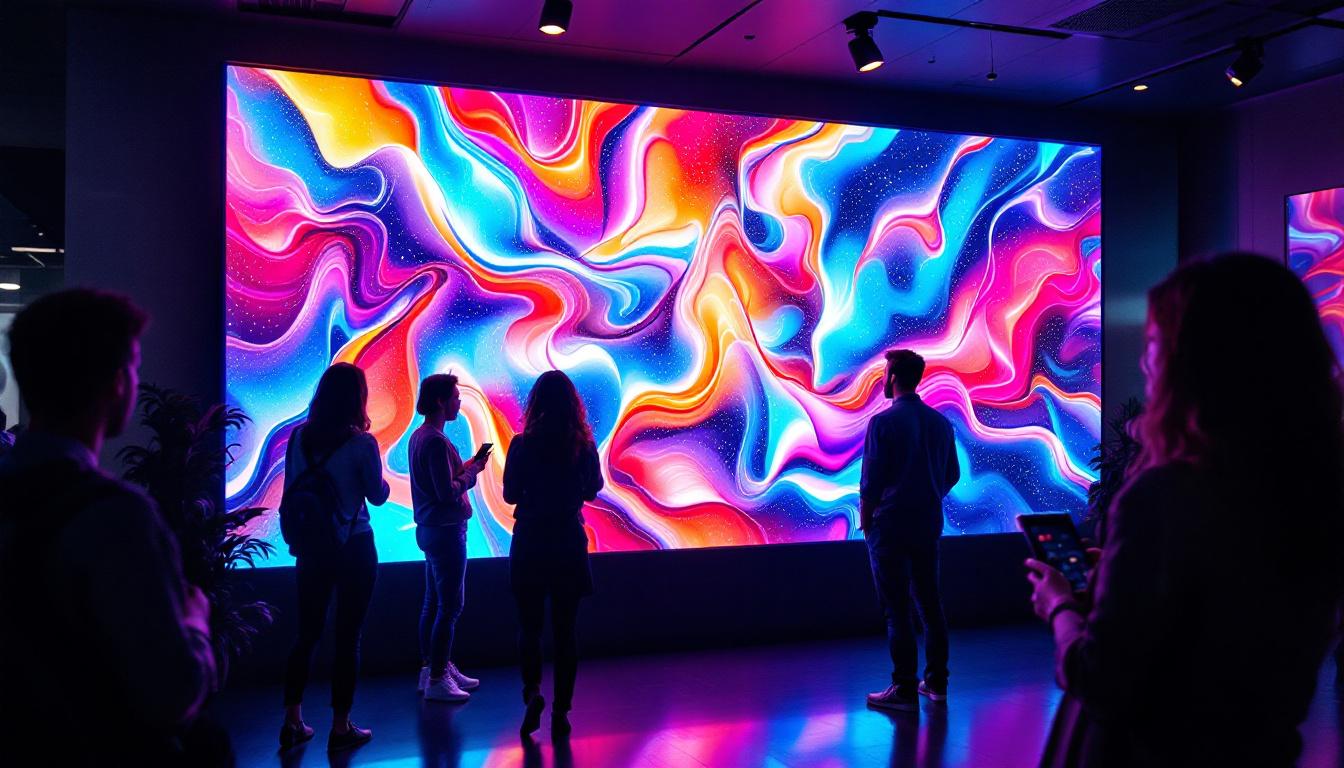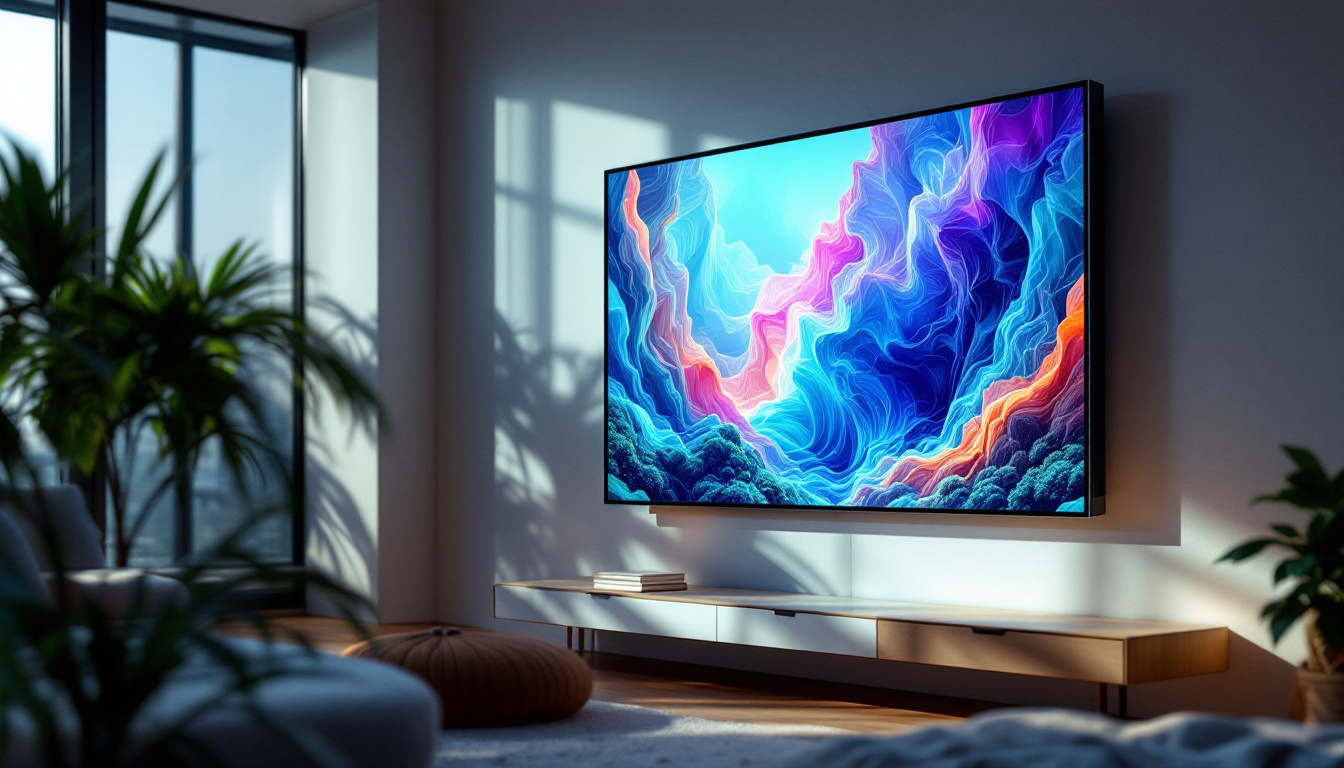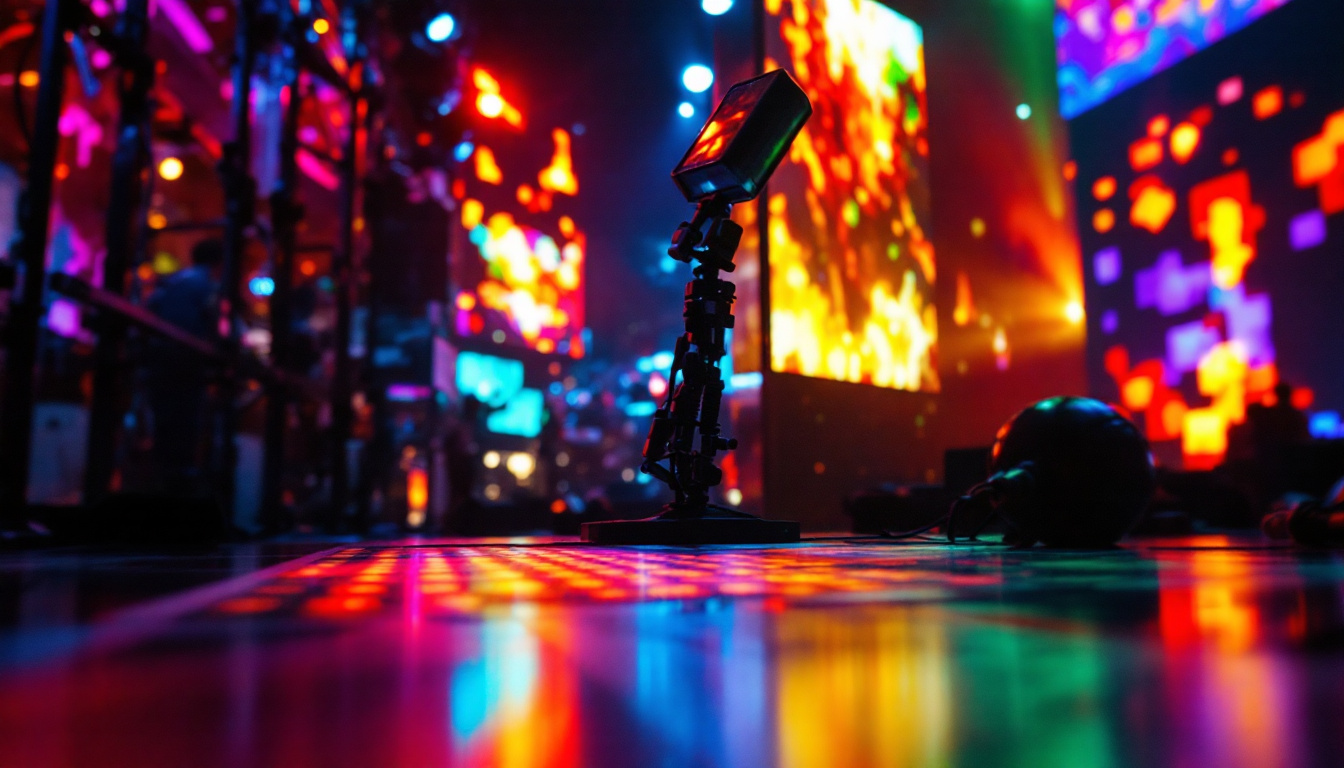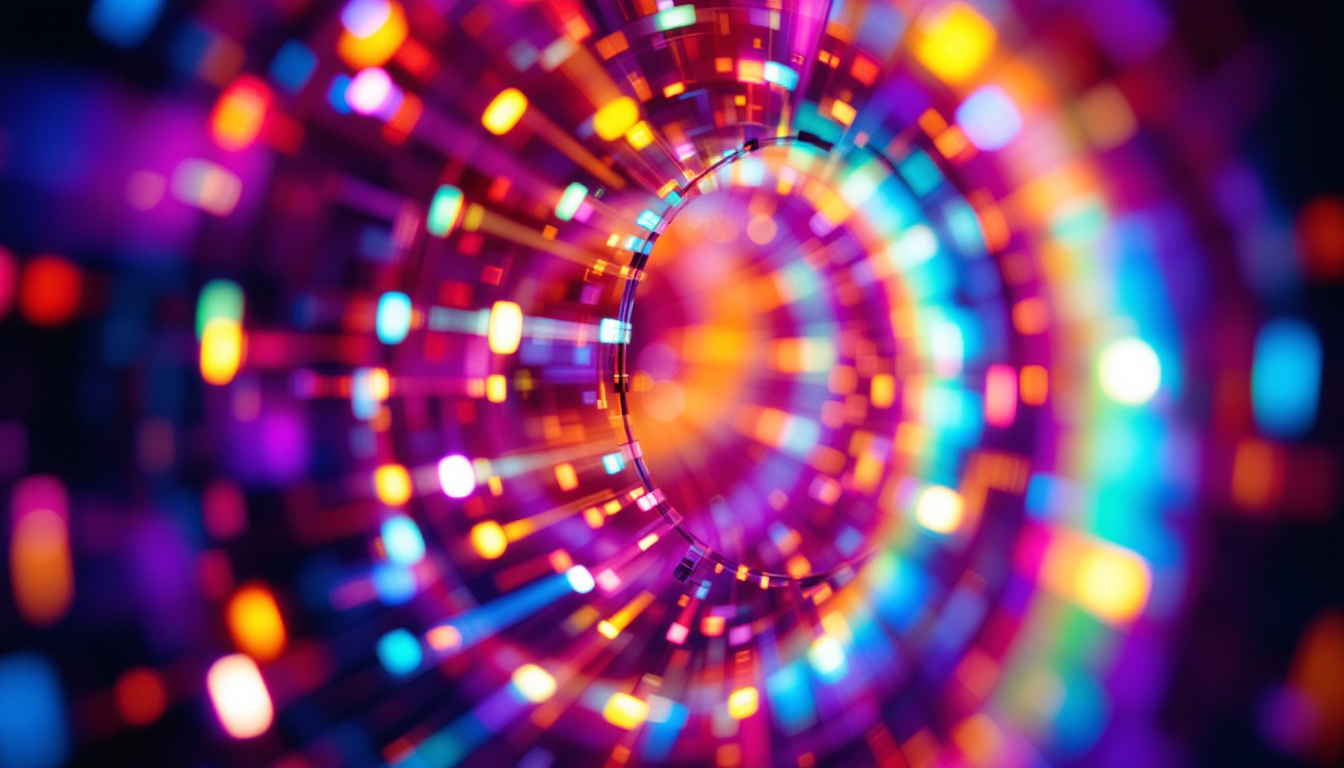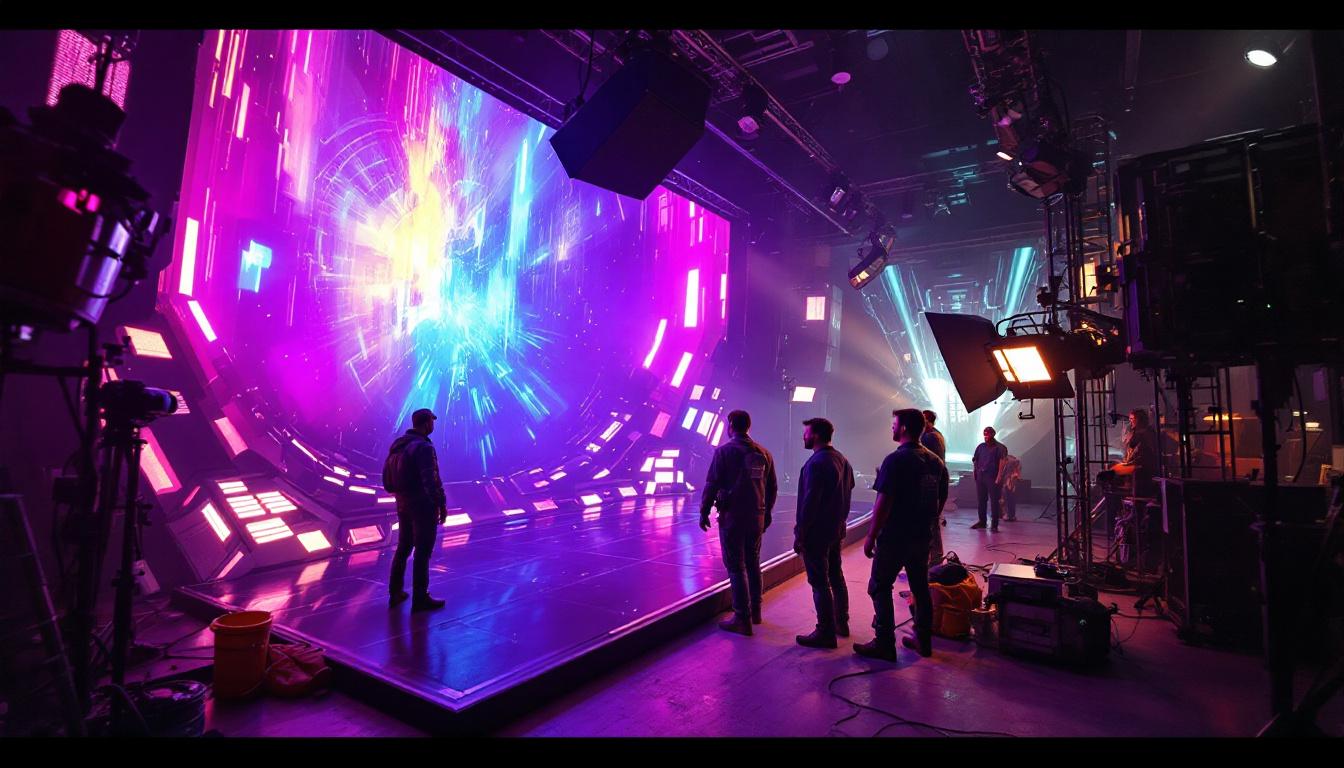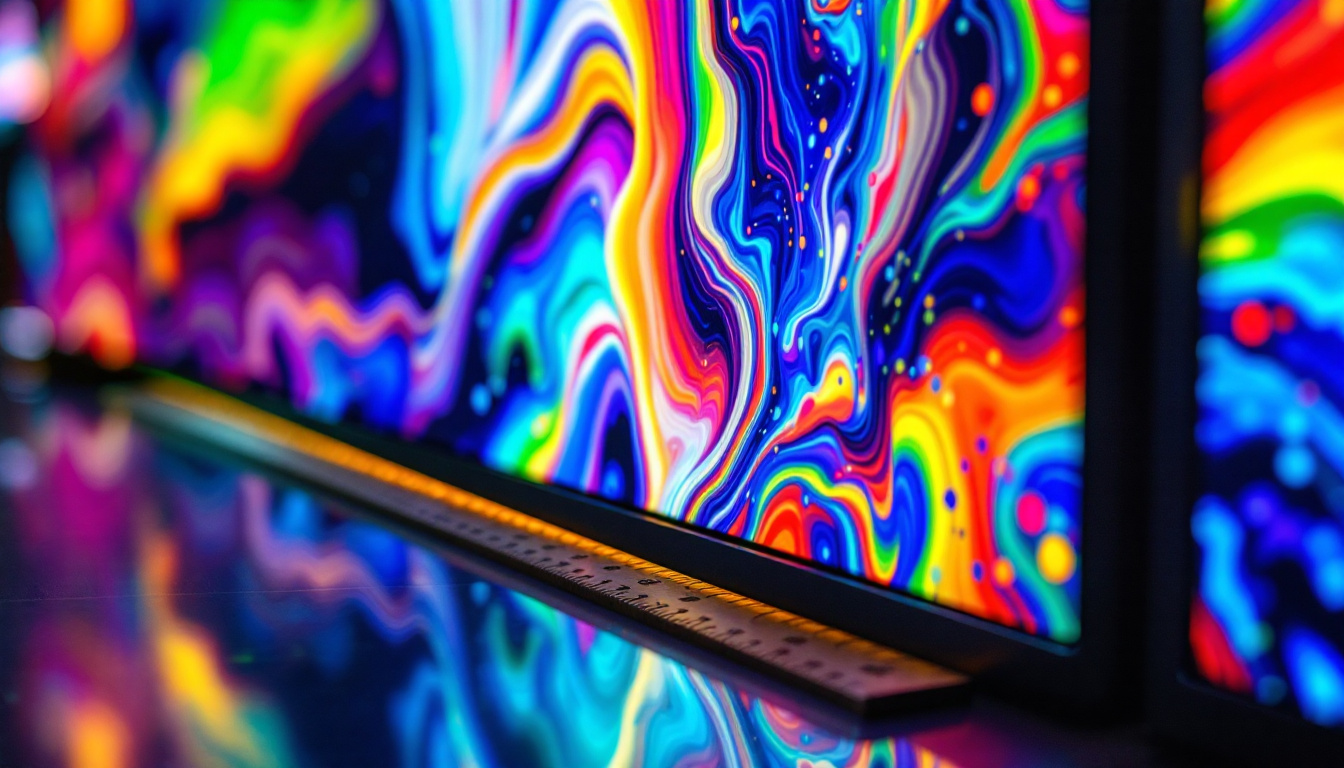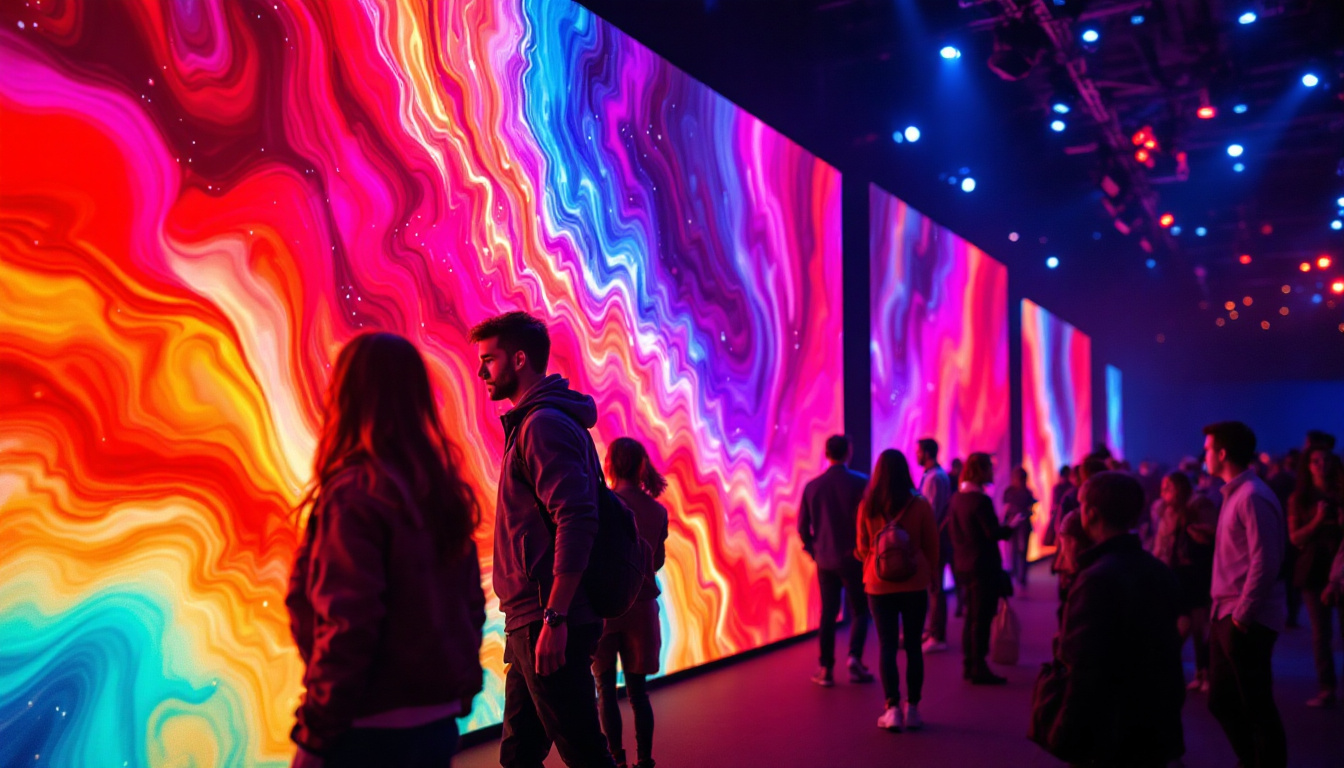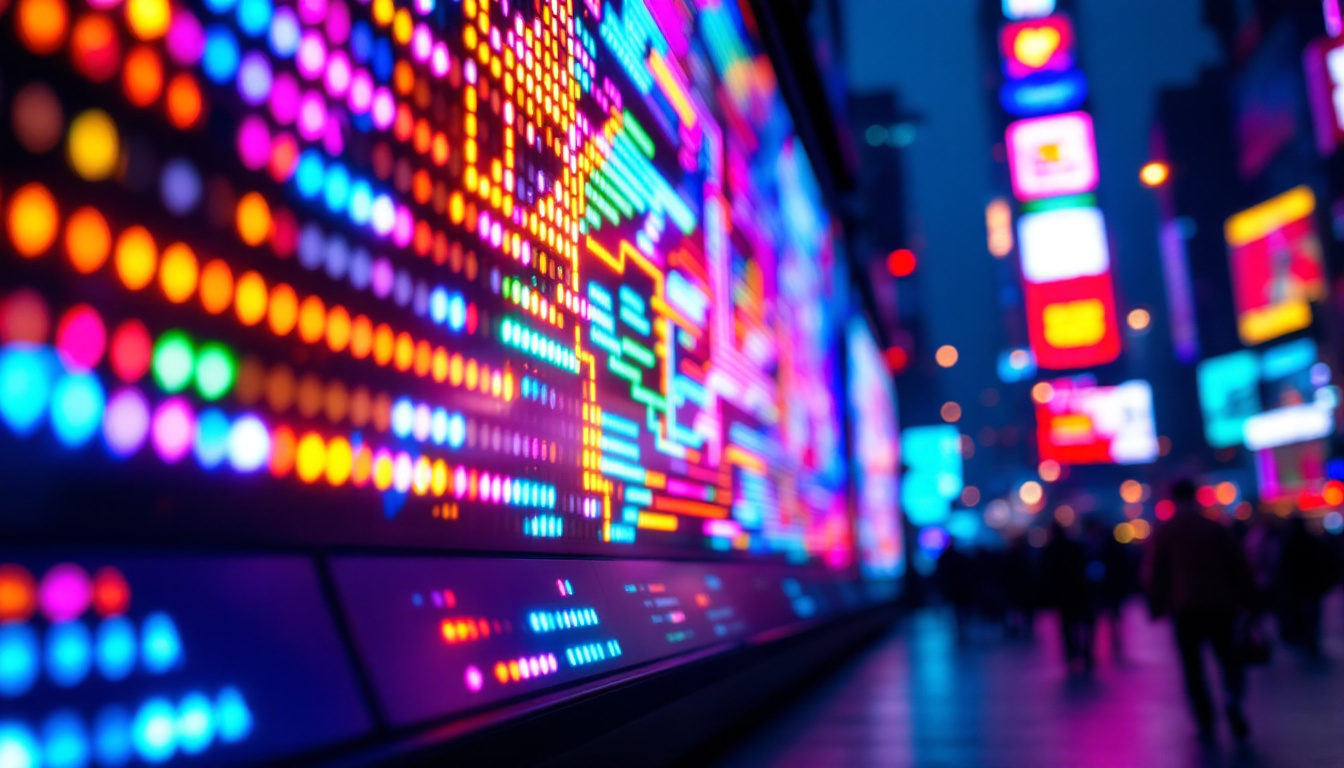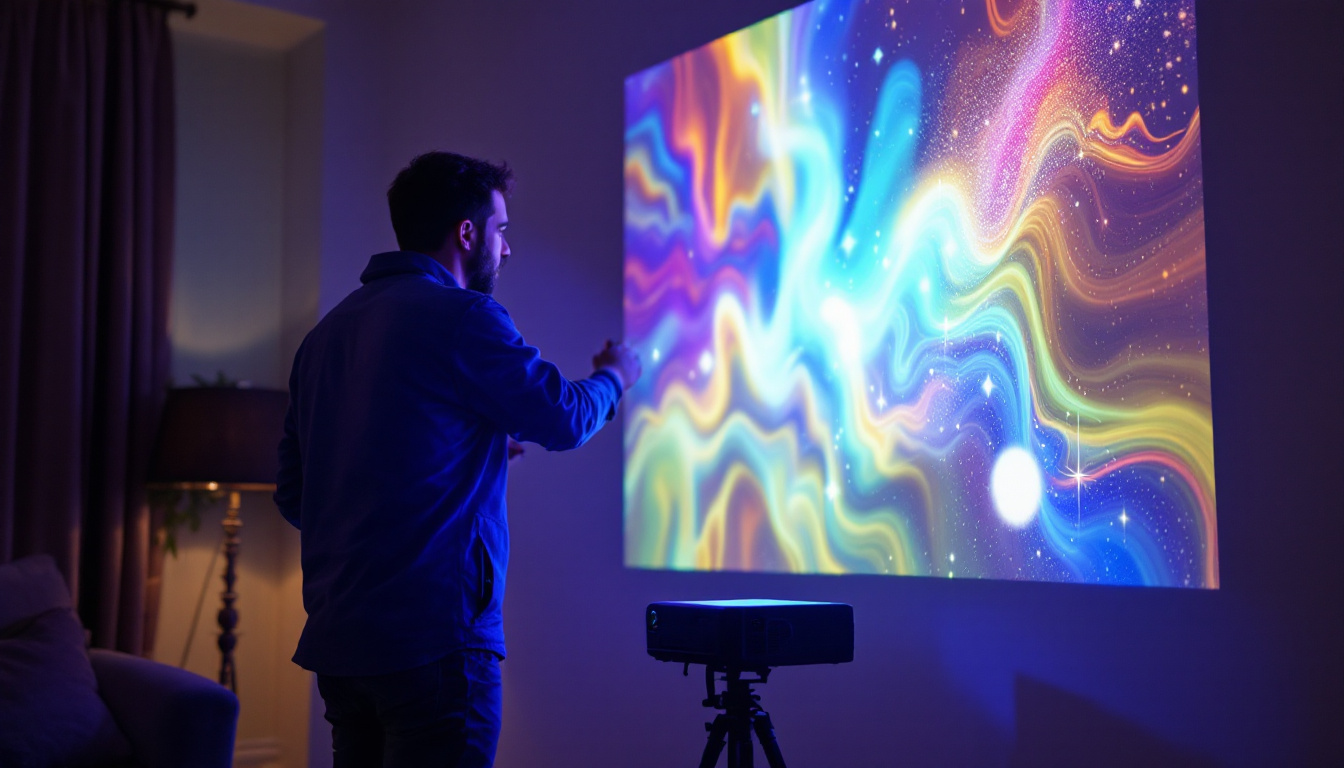In the rapidly evolving world of display technology, the emergence of see-through OLED displays has captured significant attention. These innovative screens not only provide high-quality visuals but also offer unique functionalities that set them apart from traditional LED displays. This article delves into the intricacies of see-through OLED technology, comparing it with LED displays while exploring its applications, benefits, and future potential.
Understanding OLED Technology
Organic Light Emitting Diodes (OLED) represent a significant advancement in display technology. Unlike conventional LED displays that rely on a backlight, OLED displays generate their own light through organic compounds. This fundamental difference leads to several advantages, including improved color accuracy, deeper blacks, and enhanced energy efficiency.
How OLED Works
At the core of OLED technology are organic materials that emit light when an electric current is applied. Each pixel in an OLED display consists of multiple layers of organic compounds sandwiched between conductive materials. When electricity passes through these layers, they emit light, allowing for precise control over brightness and color at the pixel level.
This self-emissive nature of OLED displays results in true blacks, as pixels can be turned off completely, unlike LED displays that struggle with light leakage. The vibrant colors and high contrast ratios achieved by OLED technology contribute to its growing popularity in various applications, from smartphones to large-scale televisions. Furthermore, the rapid response time of OLEDs enhances motion clarity, making them particularly appealing for fast-paced video content, such as sports and action movies.
Benefits of OLED Displays
Several advantages make OLED displays a preferred choice for many consumers and manufacturers. Firstly, their ability to produce deeper blacks enhances the overall viewing experience, particularly in dark environments. Additionally, OLED displays are thinner and lighter than traditional LED displays, allowing for sleek designs in modern devices.
Energy efficiency is another critical benefit. Since OLEDs do not require a backlight, they consume less power, especially when displaying darker images. This characteristic not only extends battery life in portable devices but also reduces energy consumption in larger screens. Moreover, the flexibility of OLED technology allows for innovative designs, such as curved or foldable displays, which can adapt to various form factors and user needs. As manufacturers continue to explore these possibilities, we can expect to see even more creative implementations of OLED technology in the future, from wearable devices to immersive virtual reality environments.
See-Through OLED Displays: A Game Changer
See-through OLED displays take the advantages of OLED technology a step further. These displays allow users to see through the screen while still presenting high-quality images and information. This unique feature opens up a plethora of possibilities across various industries, from retail to automotive.
How See-Through OLED Displays Work
See-through OLED technology employs a transparent substrate, typically glass or plastic, which houses the OLED layers. When the display is powered off, it appears transparent, allowing users to see objects behind the screen. When activated, the OLED layers emit light, creating vivid images while still maintaining a degree of transparency.
This dual functionality is achieved through advanced engineering and design, allowing for a seamless transition between visibility and display. The result is a captivating experience that combines the physical world with digital content, making it an ideal solution for interactive applications. The technology relies on a precise balance of light emission and transparency, which is achieved through sophisticated layering techniques and the use of organic compounds that can be fine-tuned for optimal performance. As a result, these displays can offer a range of brightness levels and colors, enhancing the visual experience without compromising the clarity of the background.
Applications of See-Through OLED Displays
The versatility of see-through OLED displays has led to their adoption in various sectors. In retail, for example, these displays can be used in storefronts to showcase products while allowing customers to see the store’s interior. This creates an engaging shopping experience that draws attention without obstructing the view. Retailers can use these displays to create dynamic advertisements that change in real-time, responding to customer interactions or highlighting special promotions, thus fostering a more immersive shopping environment.
In the automotive industry, see-through OLED displays can be integrated into vehicle windshields, providing essential information such as navigation and speed without distracting the driver. This heads-up display technology enhances safety and convenience, showcasing the potential of see-through displays in everyday life. Furthermore, the automotive applications extend beyond just basic information; they can also include augmented reality features that overlay navigation prompts directly onto the road, helping drivers make informed decisions without taking their eyes off the path ahead. This integration of digital information into the driver’s line of sight represents a significant leap forward in automotive technology, merging functionality with safety in a visually striking manner.
Comparing See-Through OLED and LED Displays
While both see-through OLED and traditional LED displays serve similar purposes, their technologies and functionalities differ significantly. Understanding these differences can help consumers and businesses make informed decisions about which display type best suits their needs.
Visual Quality
One of the most notable distinctions between see-through OLED and LED displays is visual quality. OLED displays, including see-through variants, offer superior color accuracy and contrast ratios compared to LED displays. The ability to achieve true blacks and vibrant colors enhances the viewing experience, making OLED the preferred choice for high-end applications.
On the other hand, LED displays may struggle with color reproduction and contrast, particularly in low-light conditions. While advancements in LED technology, such as quantum dot displays, have improved performance, they still cannot match the capabilities of OLED displays. Furthermore, the viewing angles of OLED screens are typically wider, allowing for consistent color and brightness even when viewed from the side, which is a significant advantage in collaborative environments or public displays.
Transparency and Interaction
The defining feature of see-through OLED displays is their transparency. This characteristic allows for unique interactive experiences that traditional LED displays cannot provide. Whether in retail or automotive applications, the ability to blend digital content with the real world creates a more immersive environment for users. For instance, in retail, customers can see products behind the display while simultaneously viewing promotional content, enhancing engagement and driving sales.
In contrast, LED displays are opaque and do not offer this level of interaction. While they excel in brightness and outdoor visibility, they lack the innovative features that see-through OLED displays bring to the table. Moreover, the integration of augmented reality (AR) with see-through OLED technology opens up new avenues for applications in education and training, where users can visualize complex data overlaid on real-world objects, thereby enhancing understanding and retention of information. This capability positions see-through OLED displays as a transformative tool in various sectors, from healthcare to automotive design, where real-time data visualization is crucial.
Challenges and Limitations of See-Through OLED Displays
Despite their many advantages, see-through OLED displays face several challenges that could hinder widespread adoption. Understanding these limitations is crucial for manufacturers and consumers alike.
Cost and Production Complexity
One of the primary challenges associated with see-through OLED displays is their cost. The production process for OLED technology is more complex and expensive compared to traditional LED displays. This higher cost can lead to increased prices for consumers, which may limit adoption in certain markets.
Additionally, the manufacturing process for see-through OLED displays requires precise engineering to ensure transparency without compromising image quality. This complexity can further elevate production costs and time, making it a less appealing option for some manufacturers.
Durability and Longevity
While OLED displays offer stunning visuals, they are not without their drawbacks when it comes to durability. OLED technology is more susceptible to burn-in, where static images can leave permanent marks on the screen over time. This issue is particularly concerning for applications where the display may show static content for extended periods.
Furthermore, the materials used in see-through OLED displays must be robust enough to withstand daily use, especially in environments like retail or automotive settings. Manufacturers must find a balance between maintaining transparency and ensuring durability, which can complicate the design process.
The Future of See-Through OLED Displays
As technology continues to advance, the future of see-through OLED displays looks promising. Innovations in materials, manufacturing processes, and design are likely to address current challenges, paving the way for broader adoption across various industries.
Potential Developments
Future developments in see-through OLED technology may focus on enhancing durability and reducing production costs. Researchers are exploring new materials and techniques that could improve the lifespan of OLED displays while minimizing the risk of burn-in. These advancements could make see-through OLED displays more viable for everyday use.
Additionally, as consumer demand for interactive and immersive experiences grows, manufacturers are likely to invest more in see-through OLED technology. This could lead to innovative applications in fields such as education, entertainment, and advertising, further expanding the market for these displays.
Integration with Augmented Reality
The integration of see-through OLED displays with augmented reality (AR) technology presents exciting possibilities. By combining digital content with the real world, these displays could revolutionize how users interact with their environment. Imagine a world where information overlays seamlessly onto physical objects, enhancing learning, navigation, and entertainment experiences.
This synergy between see-through OLED displays and AR technology could open new avenues for businesses and consumers alike, making the technology even more appealing and relevant in the future.
Conclusion
See-through OLED displays represent a significant leap forward in display technology, combining the advantages of OLED with the unique feature of transparency. While challenges remain, ongoing advancements in materials and manufacturing processes promise to enhance their viability and affordability. As industries explore innovative applications for these displays, the future looks bright for see-through OLED technology, paving the way for a more interactive and immersive digital experience.
Discover the Future of Display Technology with LumenMatrix
Ready to elevate your visual experience with the latest in display innovation? LumenMatrix is at the forefront of LED display technology, offering a wide array of solutions that transform any space into a dynamic visual spectacle. From Indoor and Outdoor LED Wall Displays to specialized solutions like Vehicle and Sports Displays, our products are designed to captivate and engage. Embrace the future with our LED Transparent Displays and see how our commitment to revolutionizing visual communication can benefit your business. Check out LumenMatrix LED Display Solutions today and step into a world where clarity and impact go hand-in-hand.

